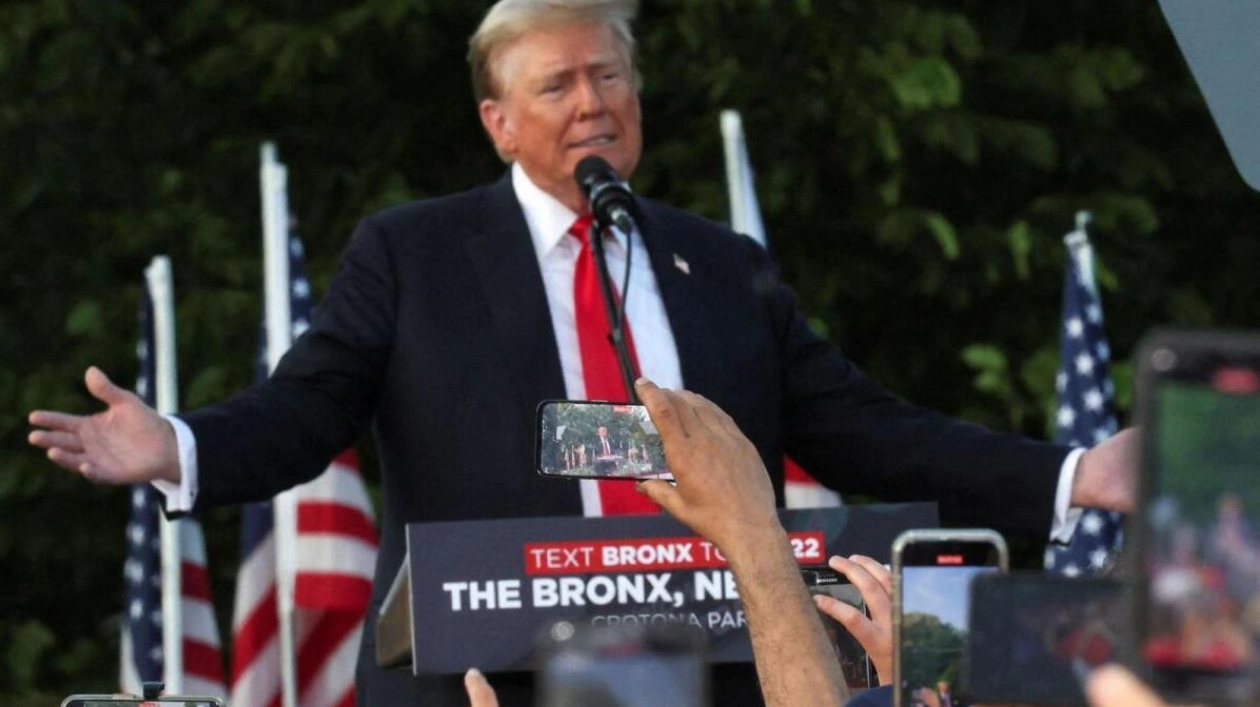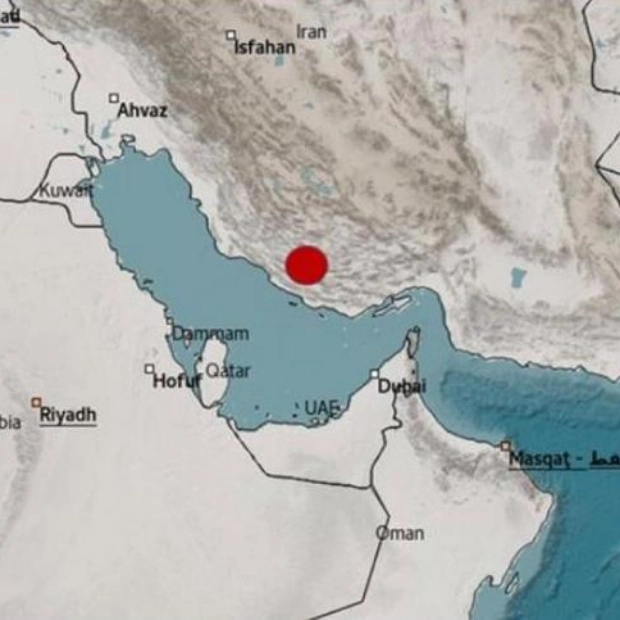The prospect of former President Donald Trump reclaiming the White House in November has investors bracing for a range of scenarios, with Latin America topping the list of markets to watch closely. The Trump administration's strained relations with much of Latin America, particularly during the COVID-19 vaccine rollout and the withholding of crucial financial aid in exchange for stricter migration policies in Central America, are key areas of concern.
Investors are identifying potential flashpoints that a second Trump administration could impact in the region. Mexico, often a barometer for emerging markets due to its proximity to the US, faces a more complex situation due to domestic issues. Trump's 2016 victory led to an immediate 8% drop in the peso, but this year it has already fallen 6% following political uncertainties in Mexico.
Trade between the US and Mexico is expected to be a major focus, with Trump's renegotiation of the USMCA trade deal still fresh. Analysts predict Trump may use the threat of exiting the deal to secure higher tariffs and more investment in US manufacturing. This could lead to a less comfortable relationship with Mexico, particularly regarding border controls and their impact on remittances.
Personal relationships could also play a role, with right-wing populist leaders like El Salvador's Nayib Bukele and Argentina's Javier Milei aligning with Trump. Both leaders are seeking financial support from the IMF, and their ties with Trump could influence future funding. Venezuela's prospects of rejoining the international community hinge on its upcoming presidential election, with a potential easing of sanctions under a second Trump administration.
The ongoing trade war with China could also impact Latin America, particularly commodity exporters like Brazil, Argentina, Mexico, and Chile. If the trade war escalates, China might devalue its currency, affecting these countries' competitiveness in global markets.






